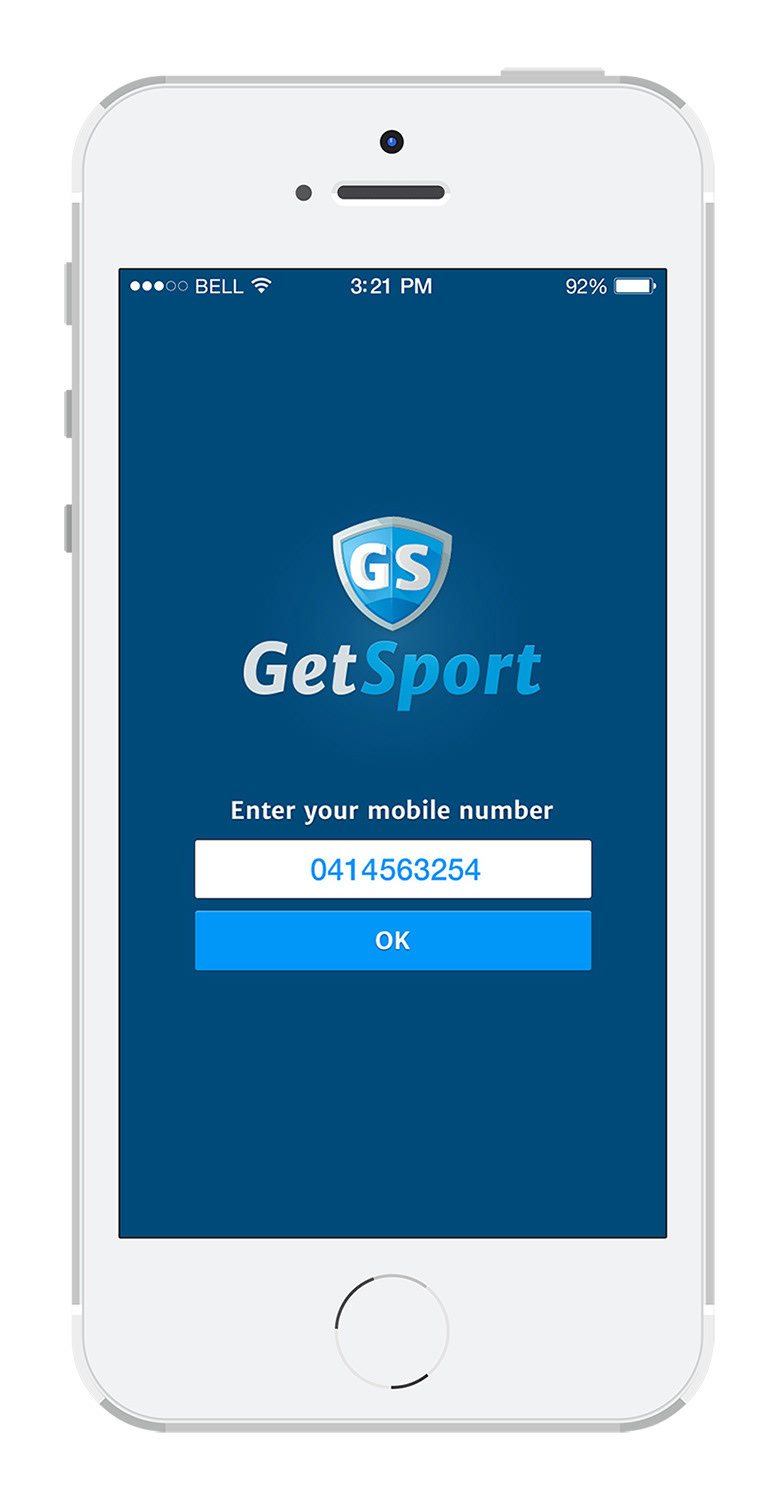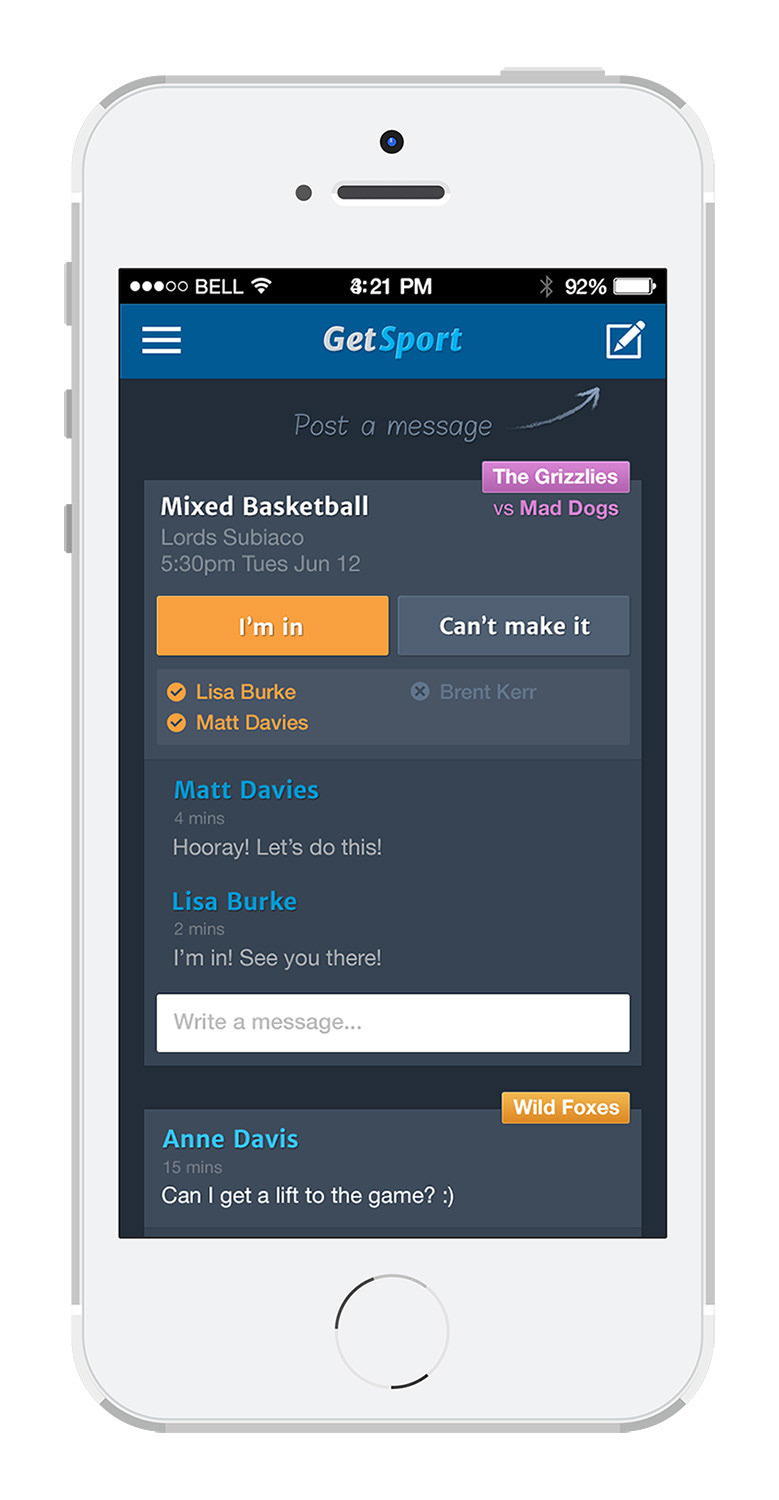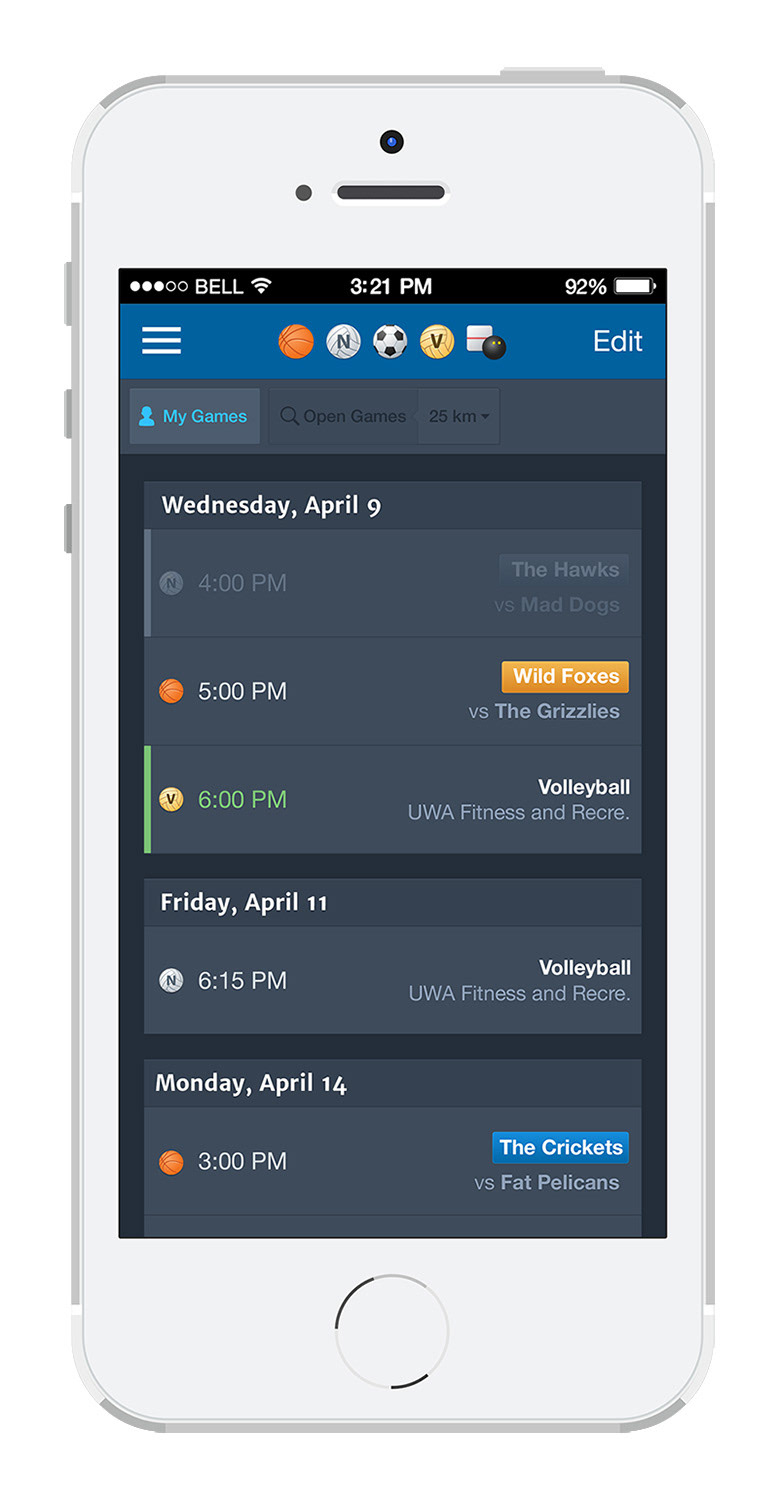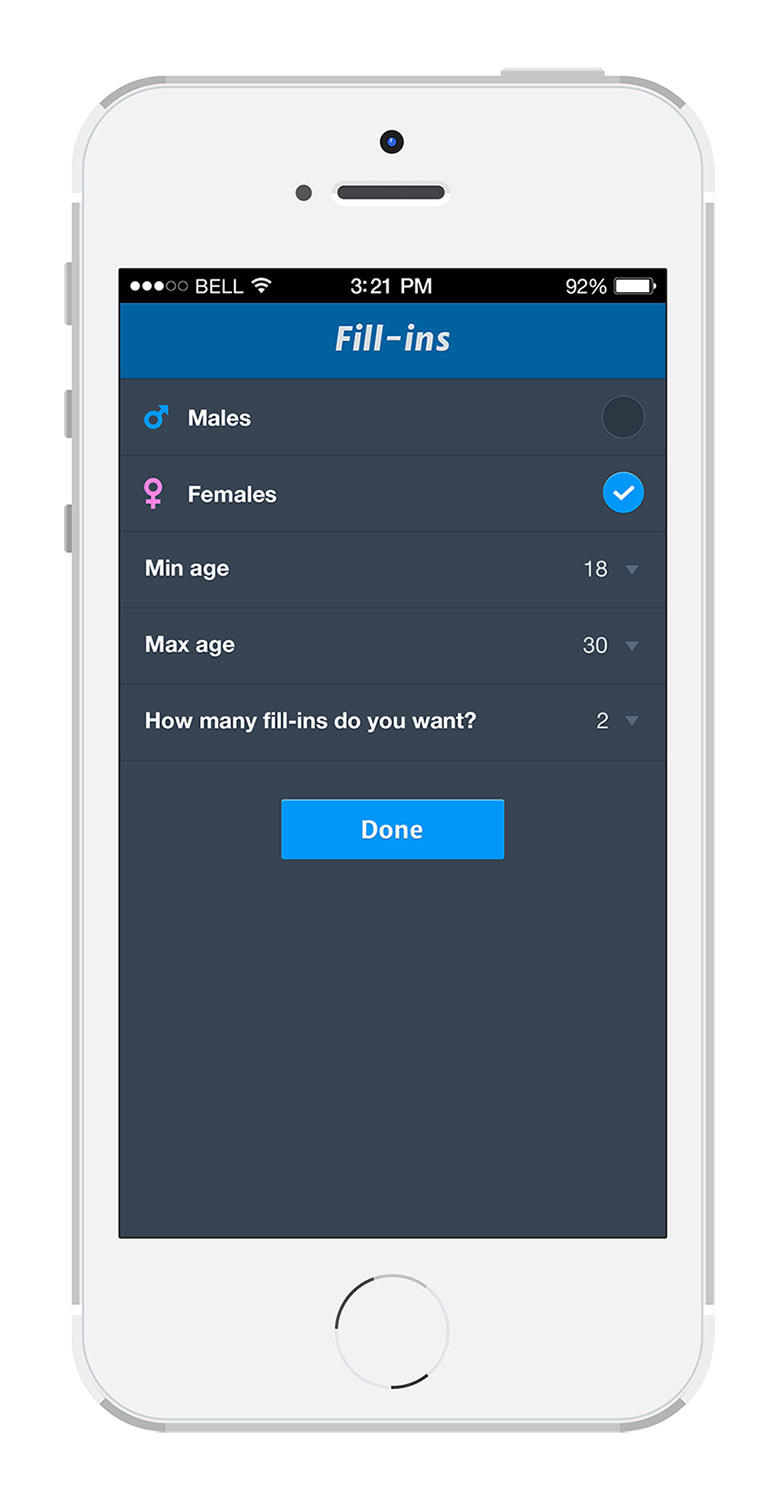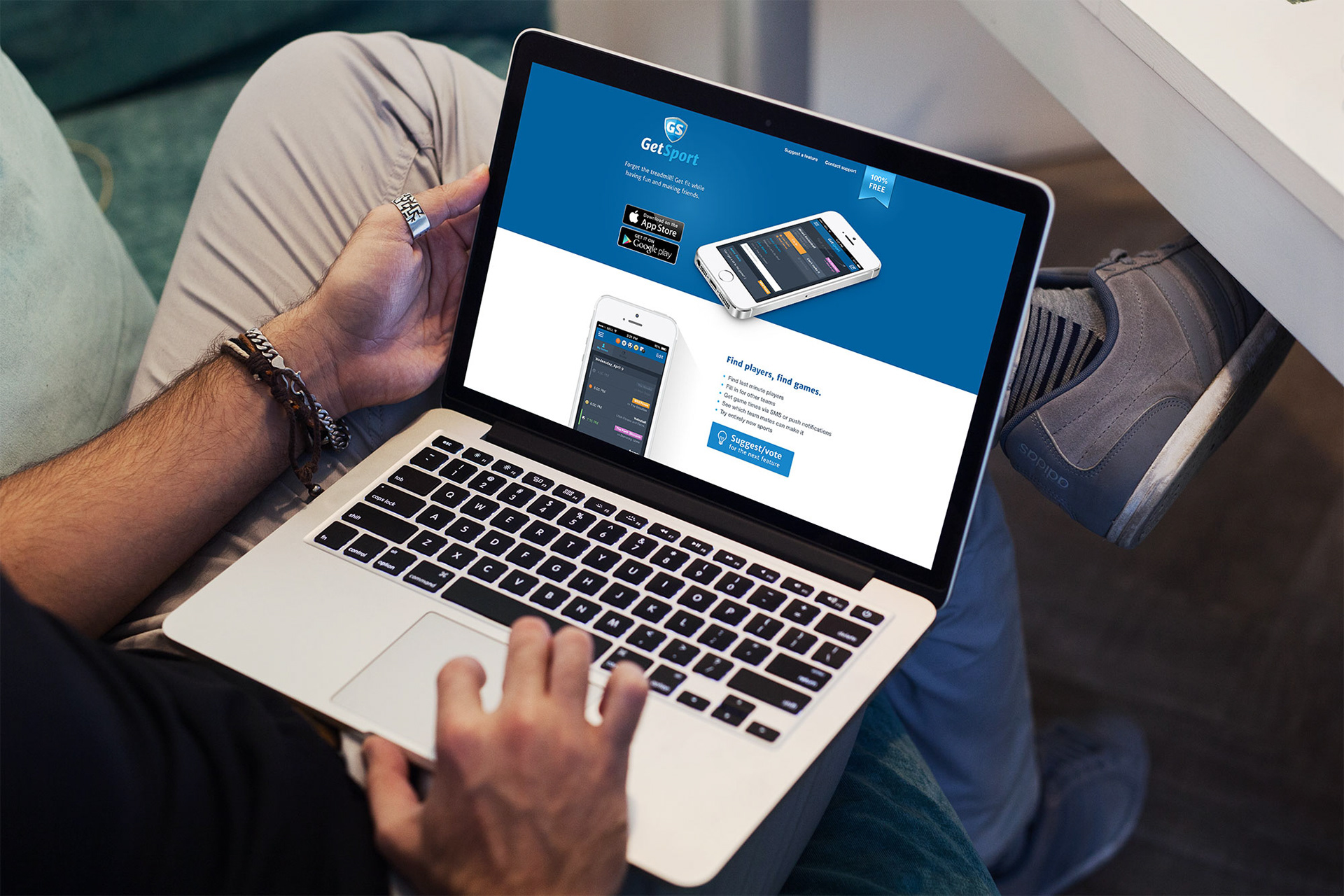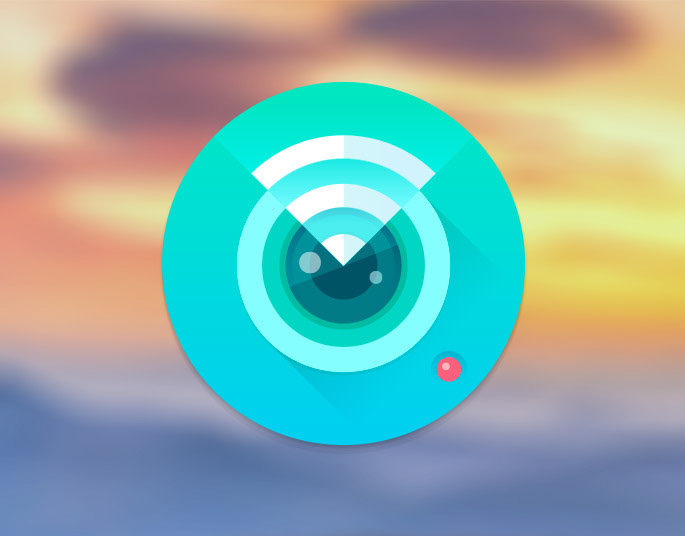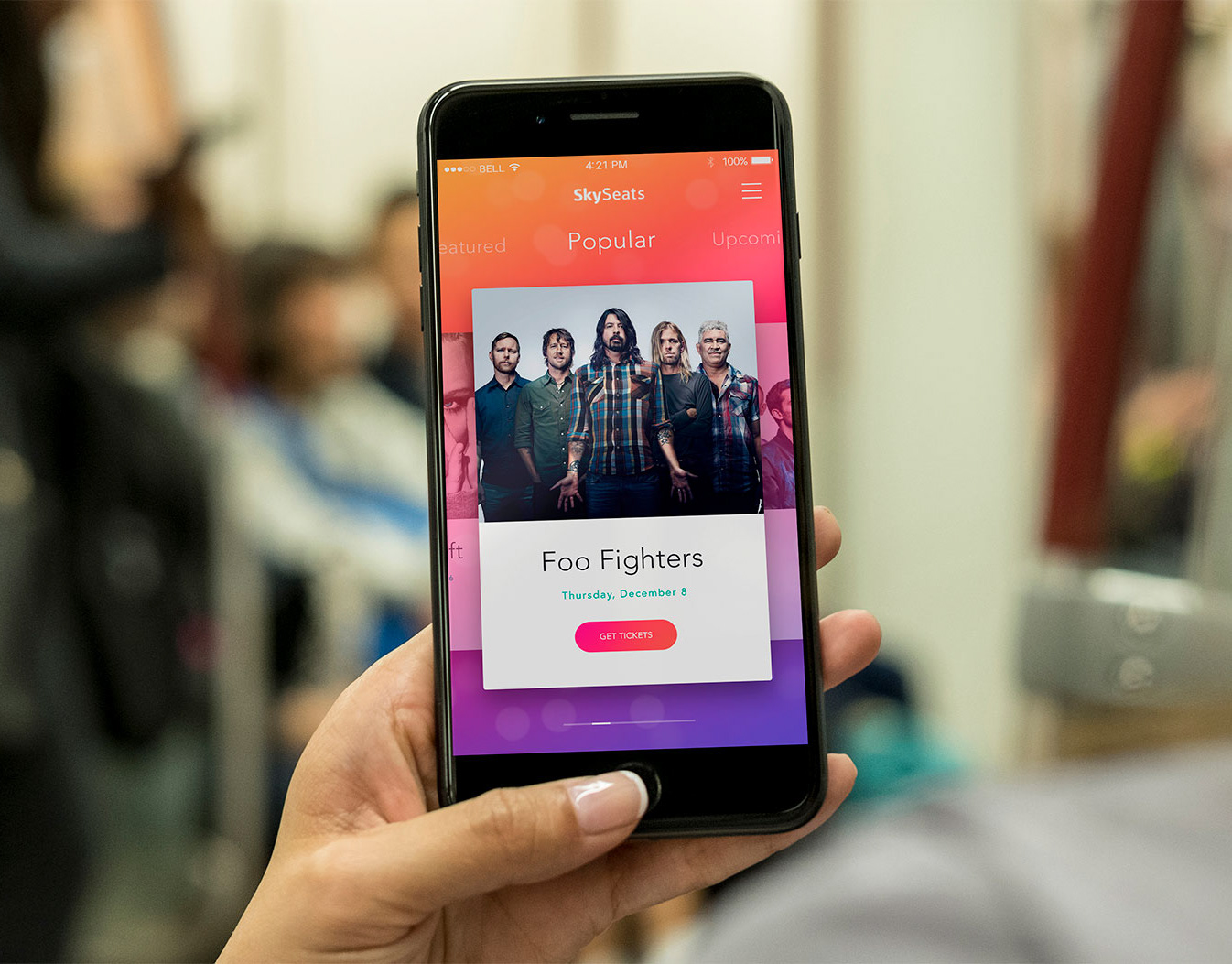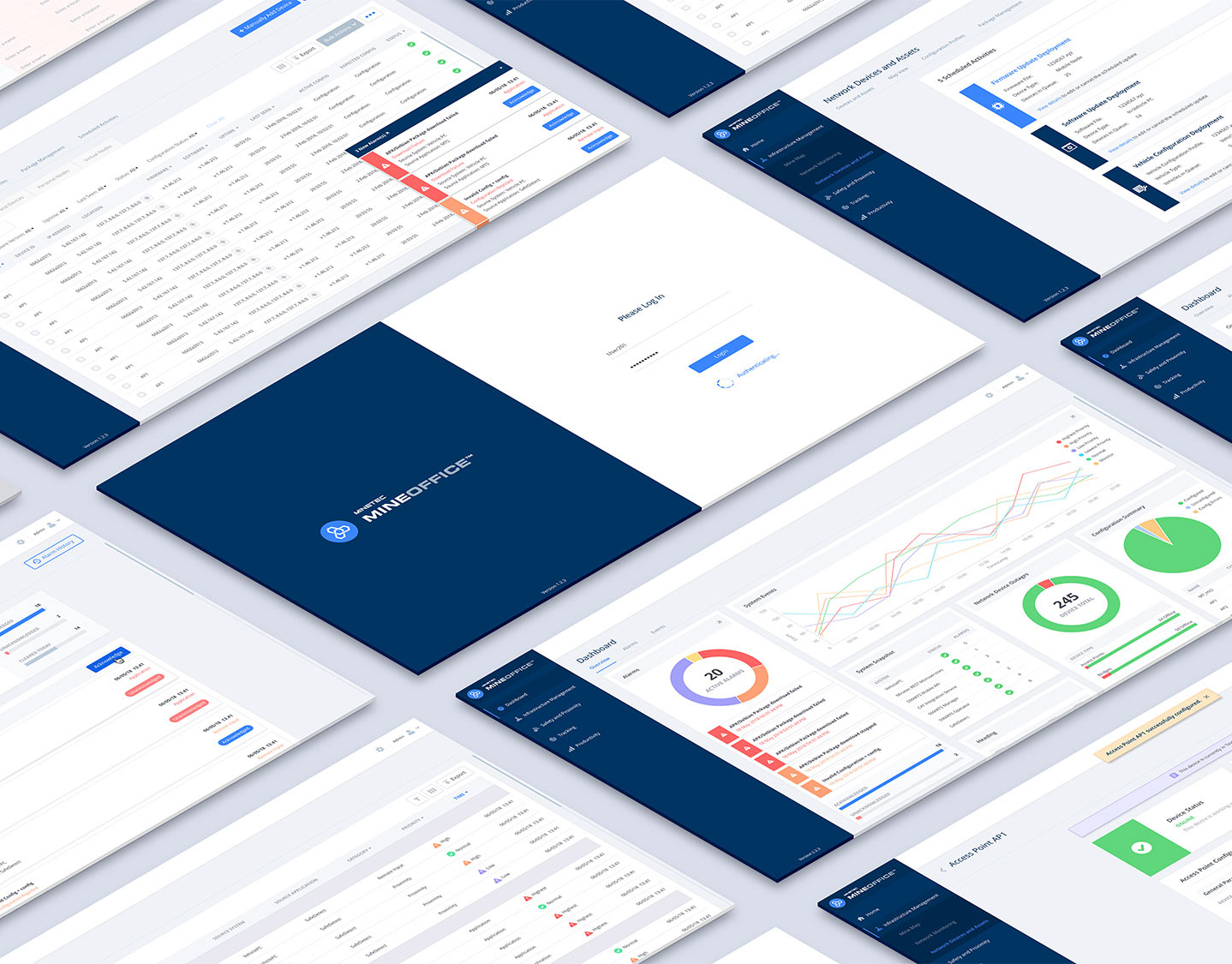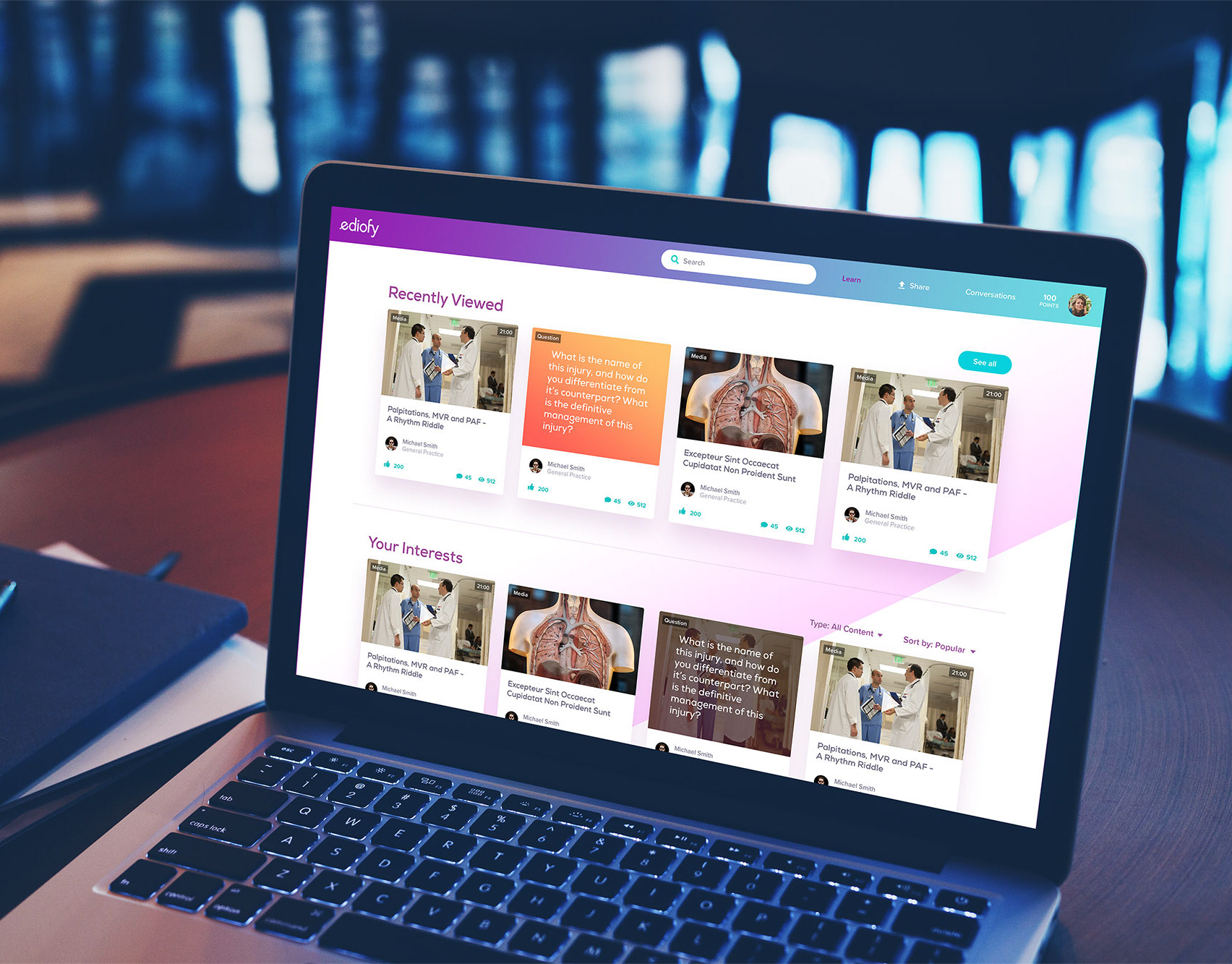The Challenge
A number of dilemmas regularly plague social sports teams. For those in established teams, co-ordinating game times, sending out reminders and working out who can make it to each weekly game - and finding a replacement in time or risk forfeiting the game - can be huge a hassle.
For those seeking to join a social sports team, it can be a challenge to find enough interested friends or acquaintances to meat team requirements.
What if a platform existed which addressed all these issues, making it easy for anyone to get involved, and stay involved, in social sports?
The Objective
To create a social sports app that connects players, teams and organisers; helping sports teams get game times, communicate with players and work out who can make it to each game.
The Outcome
Invited to join GetSport as a co-founder alongside two app developers, I was responsible for the user experience design, user interface design and brand creation of the GetSport mobile app and website.
Initial wireframes were created in a collaborative team effort, drawing on the knowledge and experience of each co-founder, with both developers heavily involved in social sports.
Our research showed that the majority of social sports teams used either Facebook or SMS to organise and manage games. We knew that our app would have to do all the heavy lifting - user uptake would not occur if it required more effort to use GetSport than the communication methods they were already using. It had to make the process significantly easier, and be free for players to use.
GetSport was designed to be fully automated. Venue fixtures were imported directly from sports venue websites, and kept up-to-date inside the GetSport app. Players were then able to join the pre-loaded teams they were on. Captains, or players, simply needed to add their teammates from their phone's contact list if they hadn't already joined.
Team members were automatically sent notifications with game times, based on the venue's fixtures. Team members who didn't have GetSport were sent an SMS instead - their teammates just need to add them by mobile number to get the SMS.
Players could then indicate if they could make the game or not. All upcoming games were listed in one place, including relevant details, and who would be playing. Players could message their teammates.
If the team became short on players, the captain could open the game up to fill-ins. This listed the game and team publicly - so those looking to participate in a game, or those that didn't necessarily belong to a team but wanted to play every once in awhile - could join.
The MVP was released for testing with a number of local social sports team, who provided rapid feedback which helped us to refine the user flow and UI. We included opportunities to receive feedback and feature suggestions, both within the app, and via the GetSport website.
GetSport launched with 14,875 preloaded social sports teams. Based on user feedback, a feature roadmap was designed with plans to help players form entirely new teams, help players find existing teams looking for new team members, track who has paid their share of the game fee for each game, allow friends and supporters to get game times, and allow coaches and other non-playing team members to indicate if they are coming or not.
